 |
|
 |
|
updated to follow: Stratigraphic Guide to the Rogaland Group, Norwegian North Sea. Harald Brunstad, Felix M. Gradstein, Jan Erik Lie, Øyvind Hammer, Dirk Munsterman, Gabi Ogg, and Michelle Hollerbach. Newsletter on Stratigraphy, vol 46/2 pp137-286, 2013.
Rogaland Group, Lista FormationThe Mey Member is attributed to the intra Lista Formation sandstones in subarea SW in Figs. 1 and 72.
/br>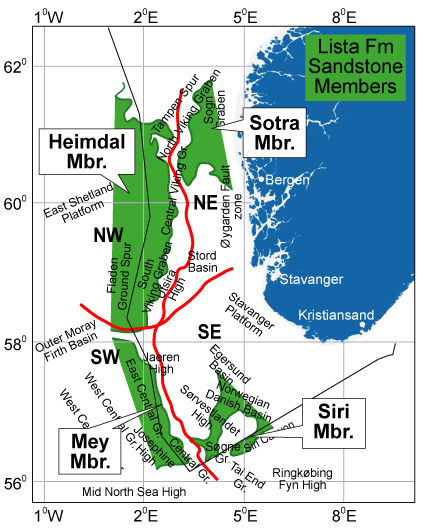 Fig 1: Location map of the Members of the Lista Formation.
Fig 1: Location map of the Members of the Lista Formation. |
In the Central Graben of the North Sea this unit was formerly called the Andrew Formation. The Mey Member was introduced by Knox and Holloway (1992), and attributed to all major sandstone units and associated tuffaceous deposits within the Lista Formation of the Outer Moray Firth and the Central Graben. The Mey Member includes the Andrew Member (Lower Mey) and the Balmoral Member (Middle and Upper Mey) of Neal (1996) on the UK side of the North Sea (see also Kilhams et al. 2012).
Norwegian well 7/11-1 (New, this study, Fig. 74). Depth 2975-3070 m RKB. Coordinates N 57°04'15.60", E 02°26'24.40". No cores.
Norwegian well 1/5-2 (New, Fig. 75). Depth 3137 - 3190m RKB. Coordinates N 56°34'41.59", E 02°38'30.53". No cores.
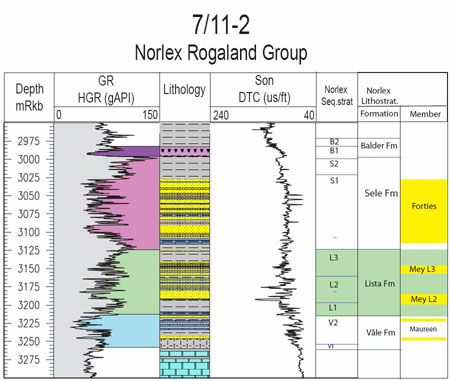
Fig. 73. Well 7/11-2 composite log Rogaland Group. Stratigraphic position of the Mey Member is outlined in stratigraphic column to the right. |
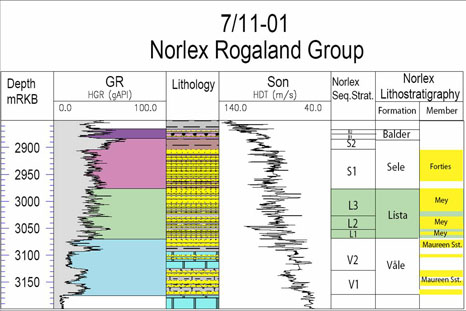
Fig. 74. Well 7/11-1 composite log Rogaland Group. Stratigraphic position of the Mey Member is outlined in stratigraphic column to the right. |
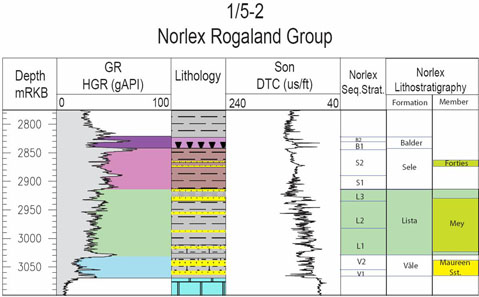
Fig. 75. Well 1/5-2 composite log Rogaland Group. Stratigraphic position of the Mey Member is outlined in stratigraphic column to the right. |
The non-tuffaceous sandstones of the Mey Member mostly range from fine to medium, occasionally coarse, sand grade, and commonly include angular clasts of mudstone or limestone. Rounded and glauconite stained pebbles of chalk and flint are encountered in some beds. The sandstones consist of a succession of superimposed sandstone units, often with sharp, erosional base, interbedded with typical variegated, bioturbated Lista mudstones. Primary structures are scarce, with most sandstones being structureless or displaying water escape structures (Knox & Holloway 1992). The sandstones include sporadic zones of calcite cementation, with pervasive cementation in the lowermost sandstone unit (Mey L1 Sub-member, see below), reflected as consistently higher sonic velocities. Sandstone intrusions are frequently found associated with the upper boundary of sandstones bodies often with an abundance of angular and tabular mudstone clasts.
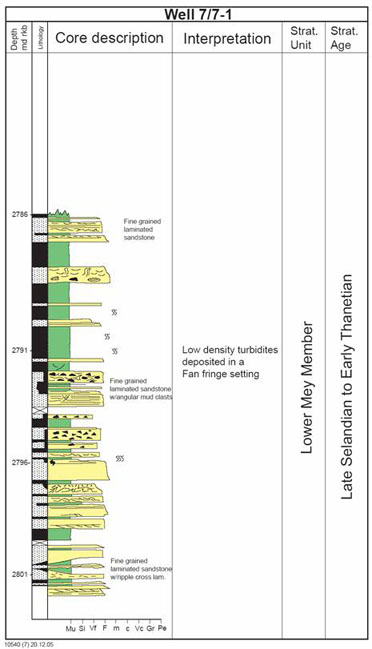
Fig. 78. Well 7/7-1 Core description log. |
The Mey Member usually overlies shales of the Lista and in places the Våle Formation. The boundary is characterised by lower gamma readings and increased velocity upwards from the Lista or Våle Formation below.
By applying the technique of S/G cross plotting explained in chapter 3, the minimum threshold thickness for the presence of Mey sandstones can be assessed.
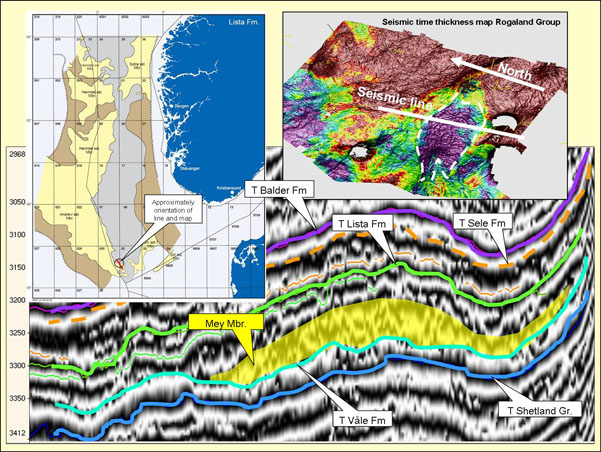
Fig. 79. Seismic section through a lobe shaped thickness anomaly of the Mey Member. Example is from the blocks 1/5 - 1/6 area, between Flyndre and Albuskjell discoveries. |
The Mey Member is divided into units Mey L1, L2 and L3 Submembers. Mey L1 Sub-member corresponds to the Andrew Member, Mey L2 Submember to Balmoral, and Mey L3 Submember to Glamis Member of Mudge & Copestake (1992a).
| home | previous page |